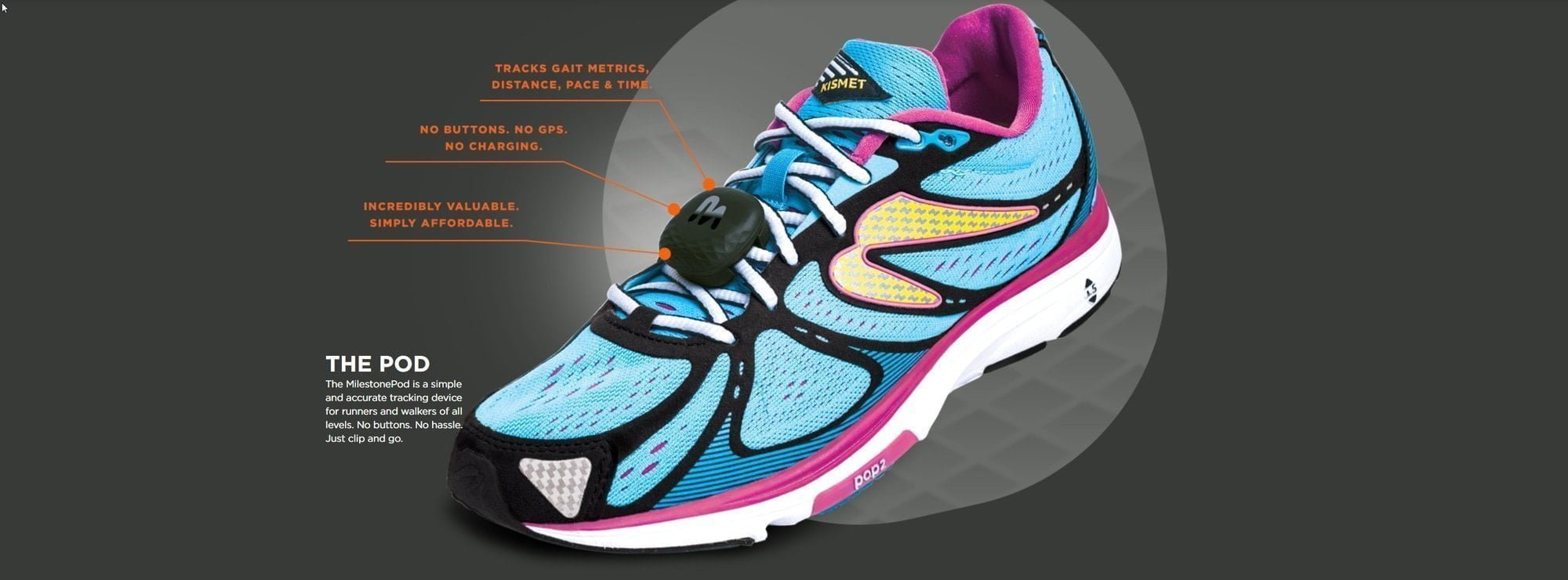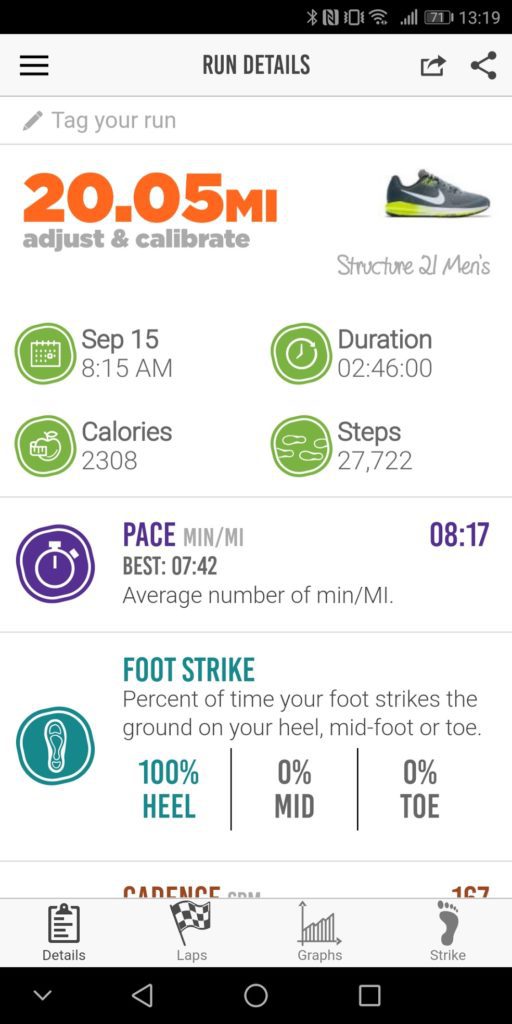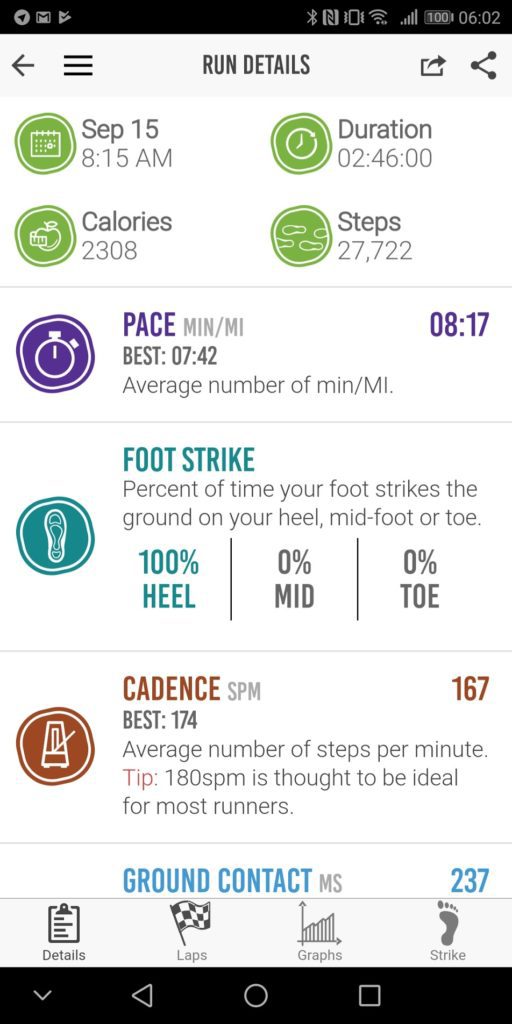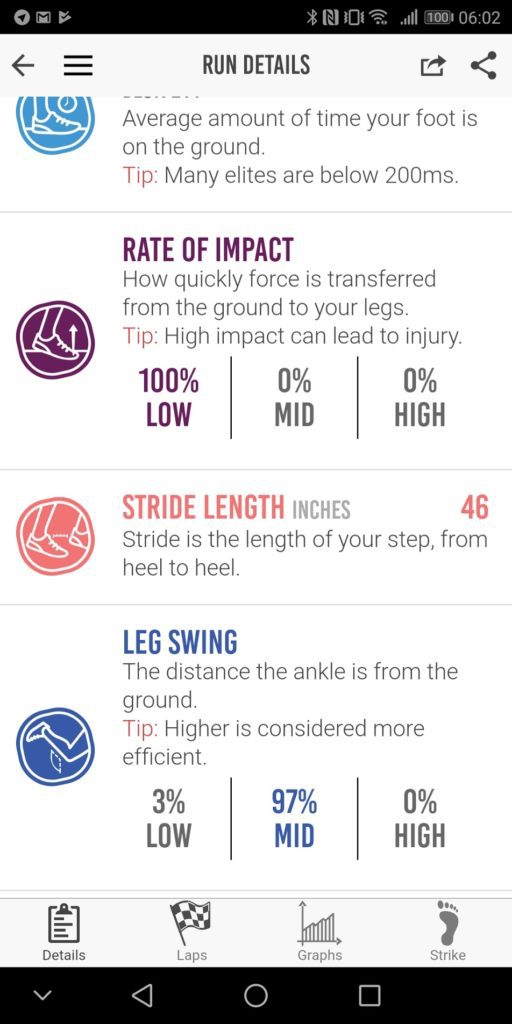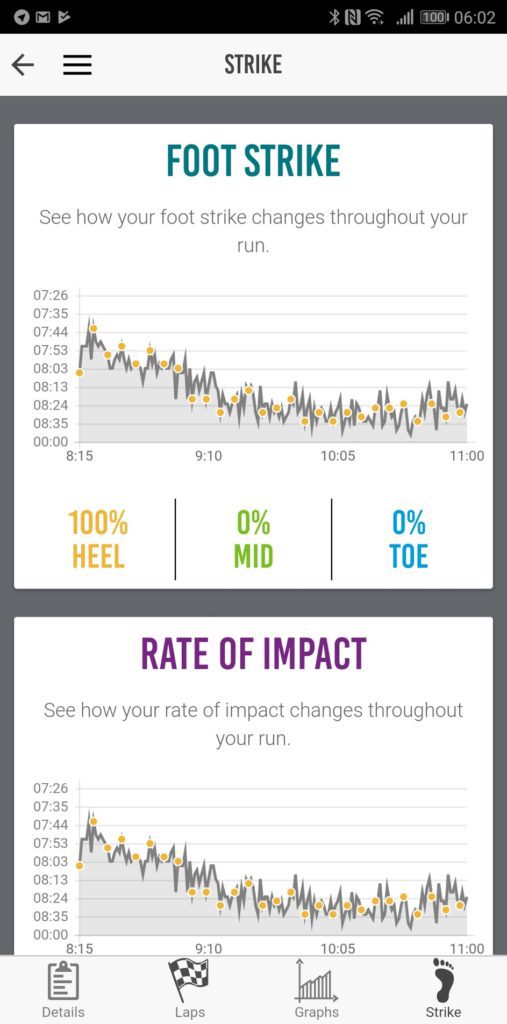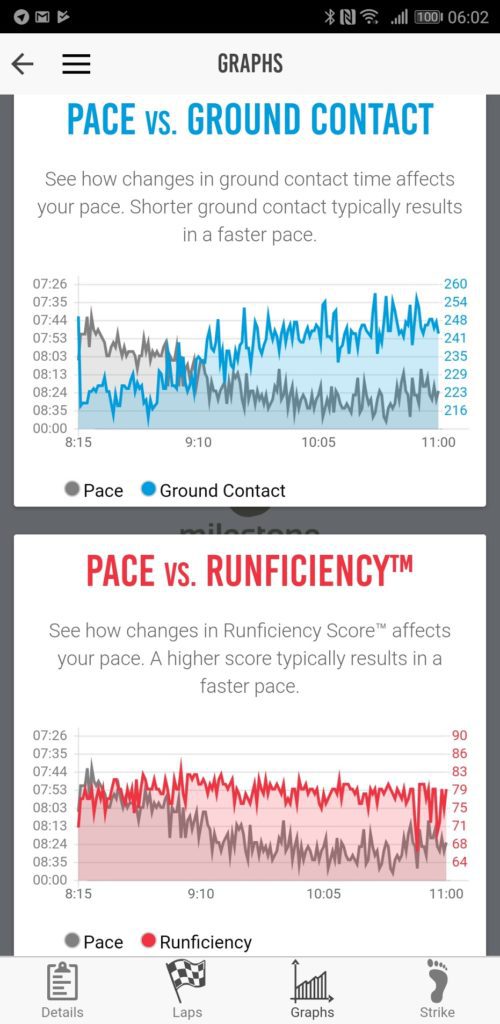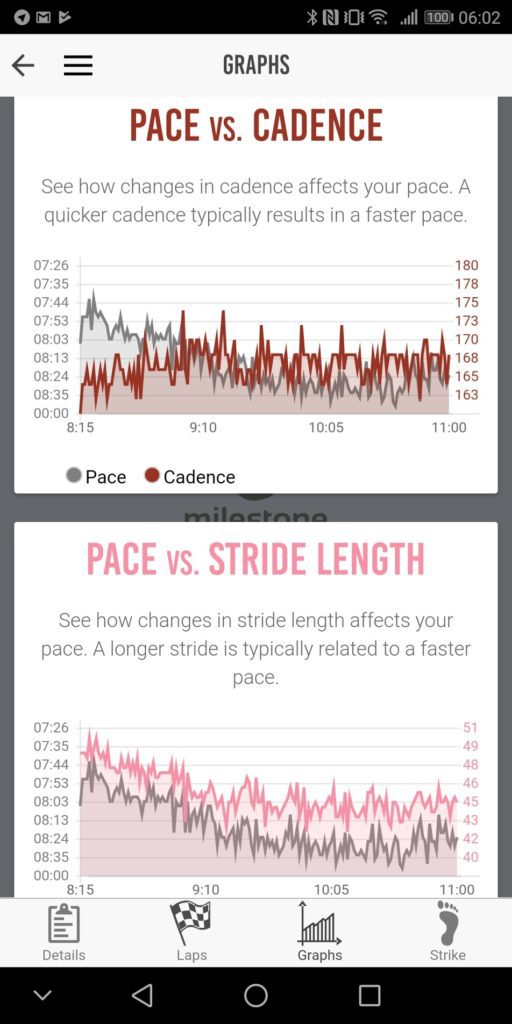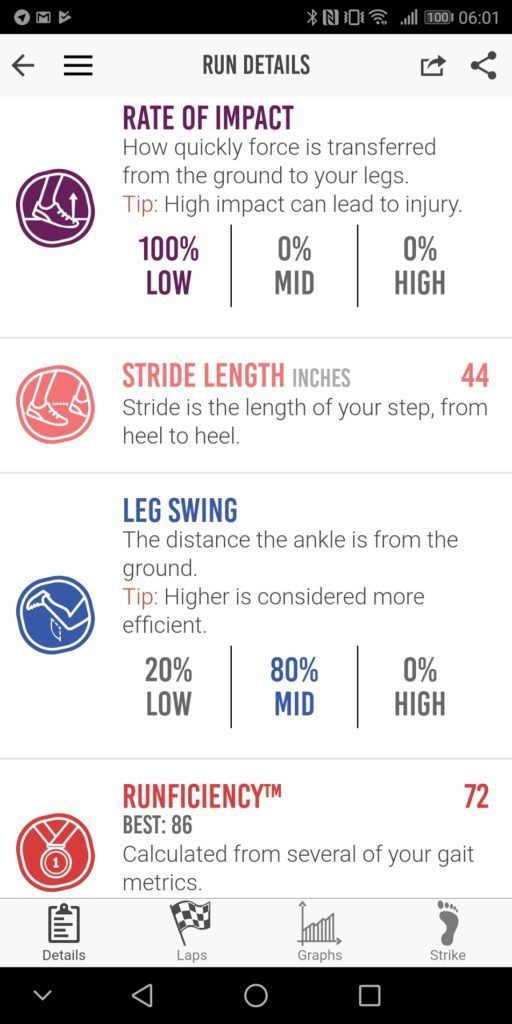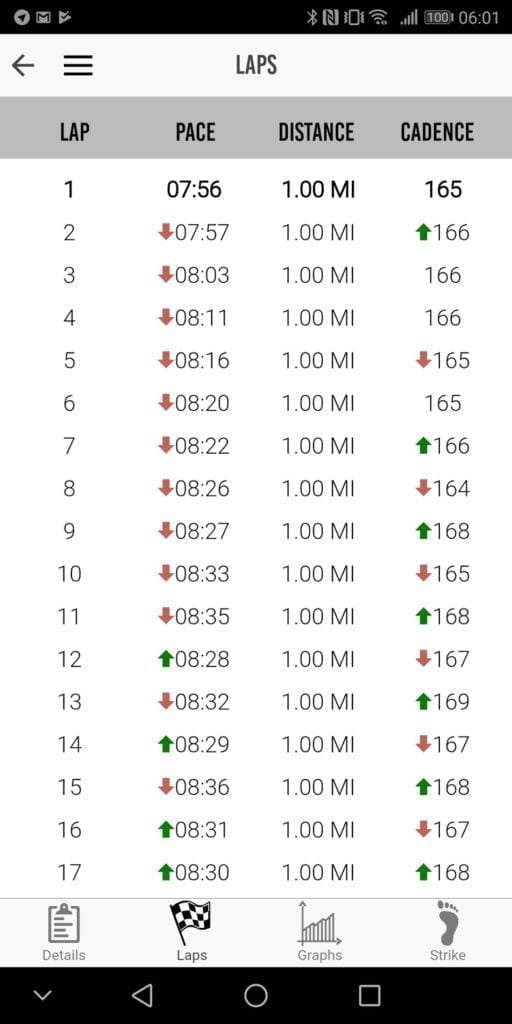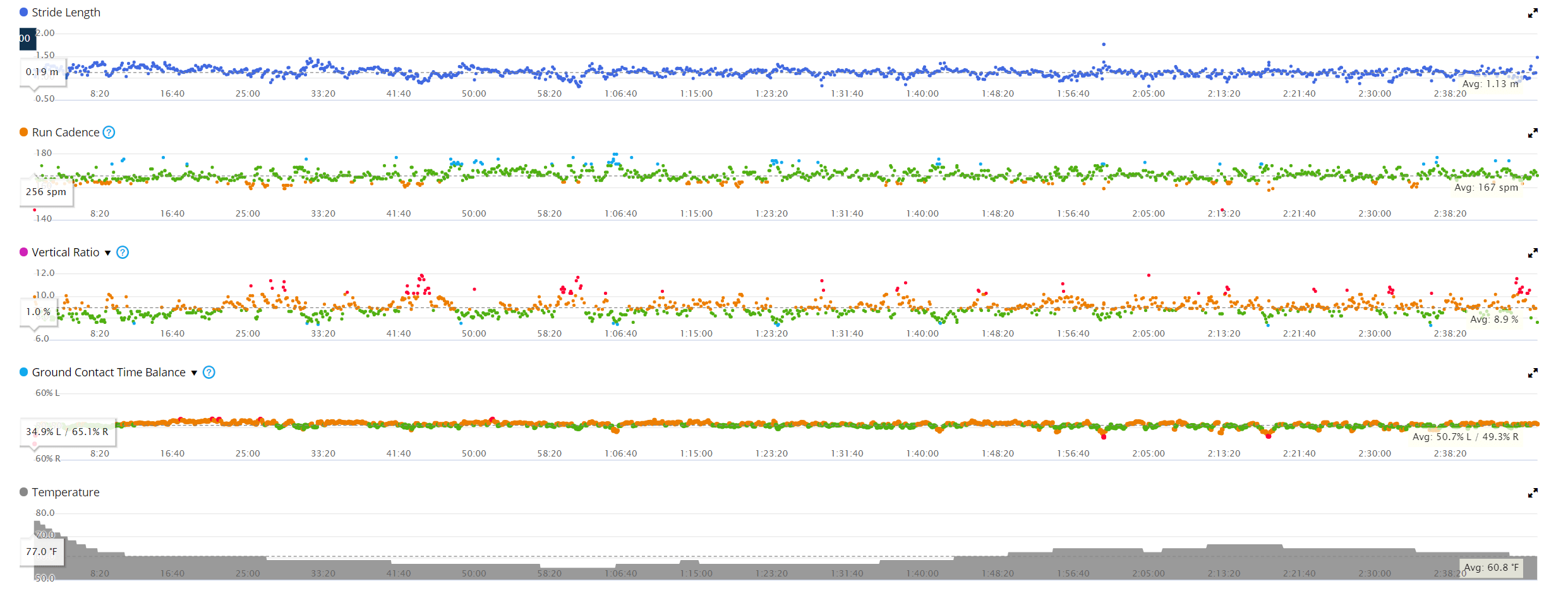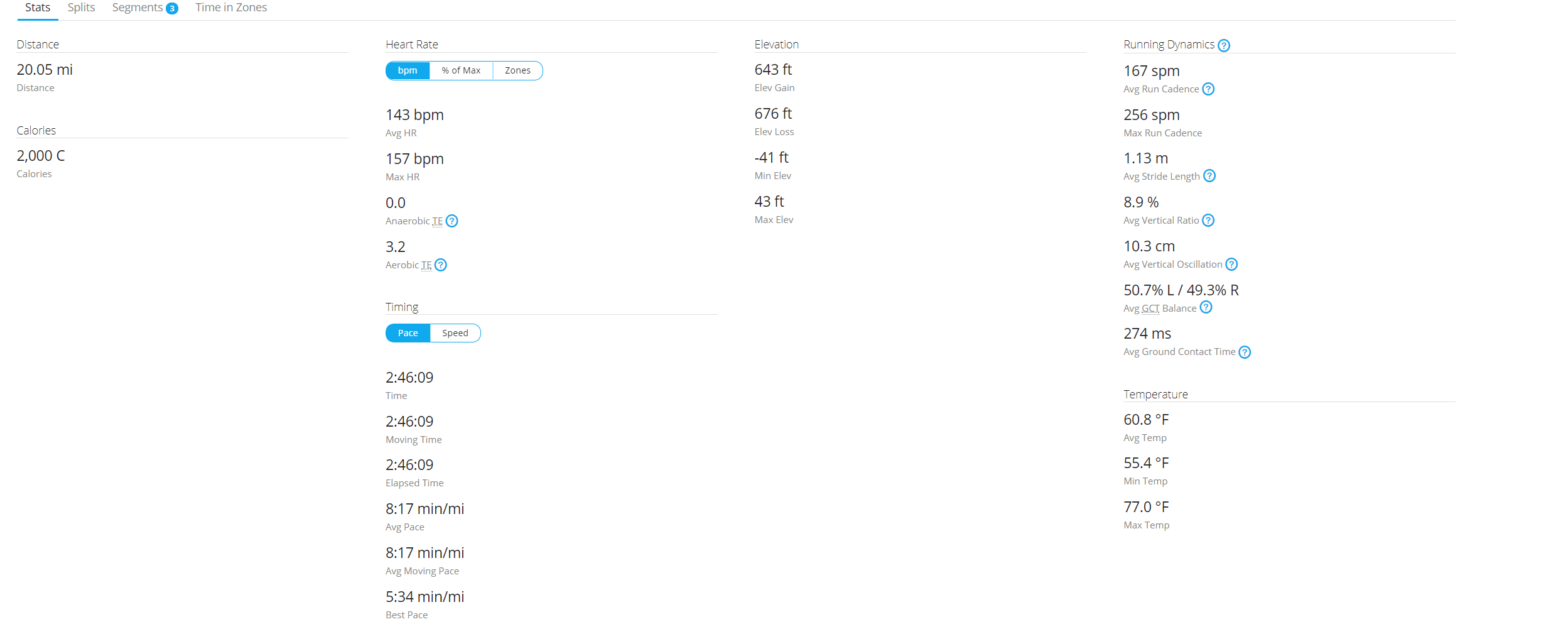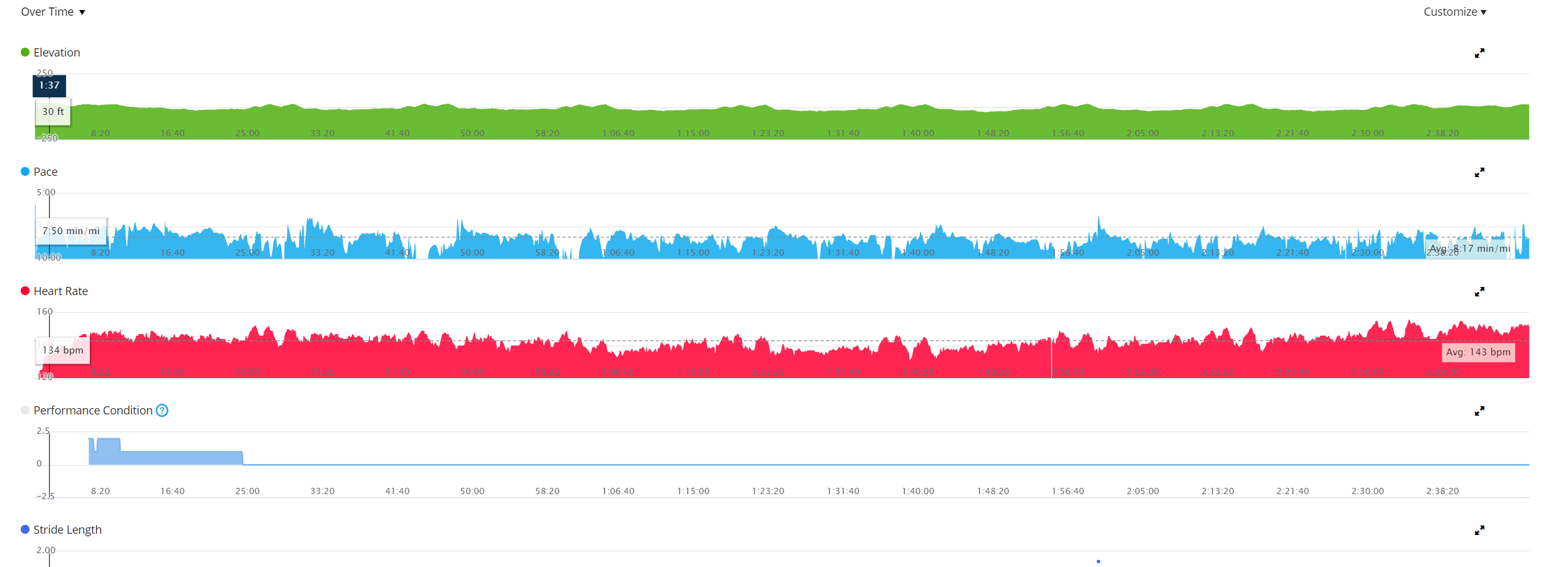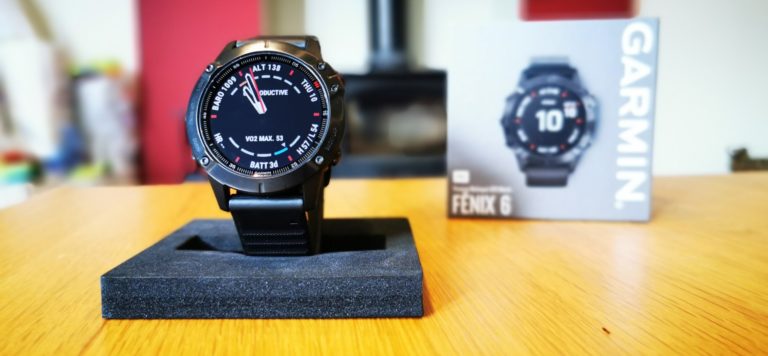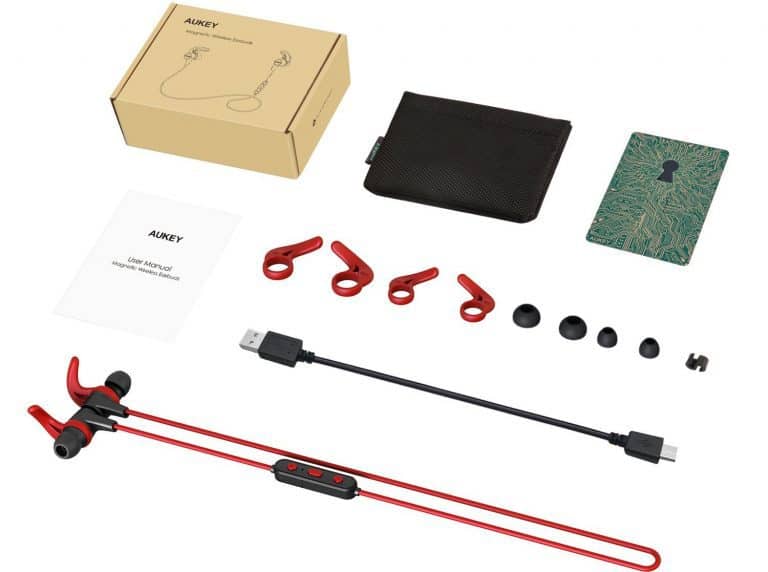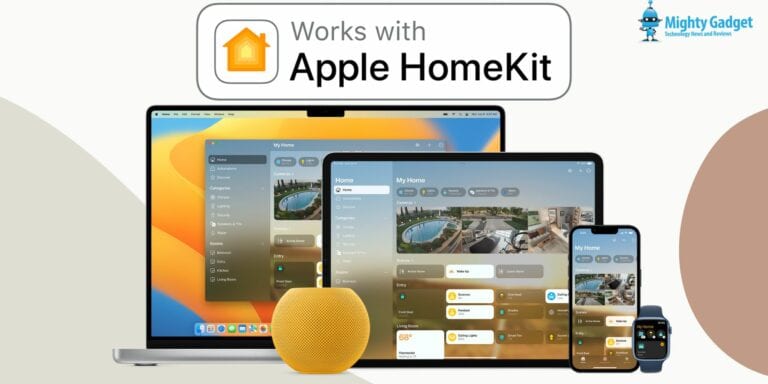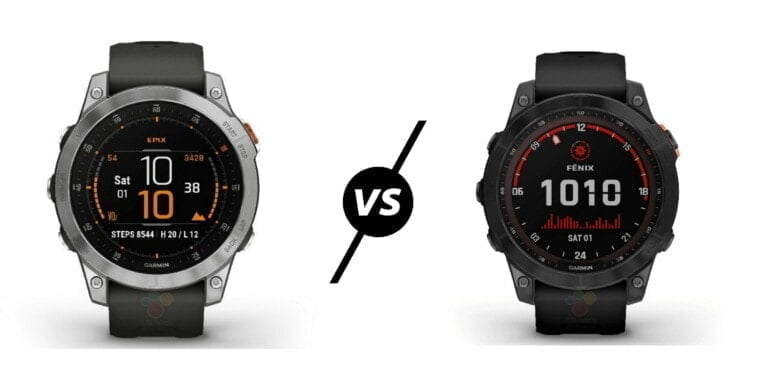Any links to online stores should be assumed to be affiliates. The company or PR agency provides all or most review samples. They have no control over my content, and I provide my honest opinion.
The Milestone Pod is not a new device, but I have been plagued with running injuries the past couple of years, especially shin splints, and with my first marathon next month I have been exploring options to improve my running.
Running pods are not as popular or well known as other sensors that people use, especially heart rate monitors, and the Garmin HRM-Run provide many of the metrics running pods will give anyway.
However there has been a recent boom in the interest of them, Zwift introduced running features earlier in the year which requires a footpod to work. Then there are the RunScribe and Stryd power meters that introduced the idea of tracking your power during a run which can be used to monitor your progression, or in a run to maintain your target power and finish faster.
I would love to use the RunScribe or Stryd, but they cost over £150 which is a bit too much of an investment for me at the moment. No doubt I will cave in and end up buying one then I will be down the cost of the Milestone and the £150+.
[button link=”https://amzn.to/2D9Dphw”] Buy from Amazon[/button]
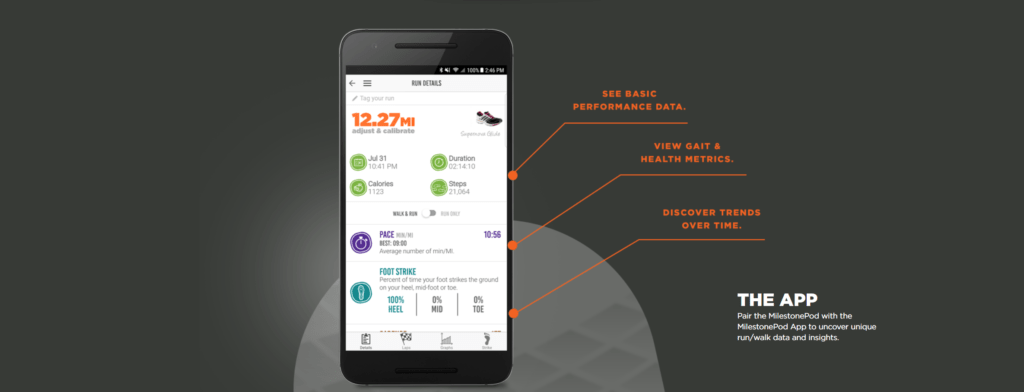
Running power is something I am very interested in, but in the meantime, I have been looking at ways to identify form issues and reduce the chance of injuries prior to my marathon.
I have the Garmin HRM run, and it has provided some useful insights into my running style. I was initially obsessing over my cadence, but with the Garmin chest strap, it appears that I achieve 170spm naturally. While not the ideal 180spm+, due to the fact I am focussing on distance rather than speed it looks like it is good enough.
The Milestone Pod costs just £35 on Amazon which makes it an easy impulse purchase and that is precisely what I did. The pod uses Smart Bluetooth, and you can, therefore, use it as a sensor with many watches or apps and it will provide real-time data to whatever you pair it to, but it is designed to so that you can use it independently and then sync to their own app.
[button link=”https://amzn.to/2D9Dphw”] Buy from Amazon[/button]
The app has many of the features you will find in the Garmin Connect app such as ground contact time and cadence. However, for me, it adds some key metrics including foot strike position, and rate of impact, then you also get leg swing data and stride length. The Milestone then uses all these metrics to provide you with a run efficiency score.
The aim was that I could reduce my heel foot strike pattern and shift to being more midfoot.
Setting up the Milestone is straightforward, it works similar to many other smart sensors. Once you add the battery and clip it under your laces, you need to download the app and pair them up. Once this is done, you don’t need to do anything, though you can optionally pair with your watch, which works the same as all other sensors.
Once set up it works automatically and will track your runs by itself, you then sync the device with your phone whenever you want. To improve accuracy, you can calibrate the first few runs by setting the distance within the app. This was absolutely needed for me as the first run I did with it was 18 miles but the Milestone tracked less than 15.
It is essential to make sure you calibrate the footpod as it can be used to calculate the distance running indoors as well as out. Run detection is automatic and based on an increase in cadence to over 140spm. On top of this, if paired with your watch, it will use the footpod and GPS for more accurate tracking, especially when you lose a GPS signal. When paired with a Garmin watch you can select how the Milestone is used, by default it is used for pace and distance indoors only, but you can have it used for all your runs. Once you have accurately calibrated your pod, it should technically be more accurate for distance than GPS.
With the calibration, this is done on the app, and it is synced to your pod, so once you are confident with the calibration, you can use it with your watch knowing it is fully calibrated.
Results
I don’t have a huge number of devices to compare this to, but the ground contact time and cadence appear to match up with the HRM-Run, and I already know I had a heel foot strike, so all the data is accurate as far as I can tell.
My outdoor runs 100% favour heel striking, and this was more or less what I was aware of so there was no surprise there.
To help reduce injuries but increase mileage I have limited myself to running outdoors once a week, but then on the treadmill twice a week. When I am on the treadmill I set the speed quite like at around 10km/h but run on an incline, typically 4%+. My theory was that it would reduce impact, shift my weight to the midfoot while being able to control intensity without running too fast. It also makes sense that if I regularly run inclines then running flat outside will be easier. These were all just ideas I came up with in my head rather than professional advice but using the Milestone it does indicate that I switch to an 80% midfoot strike and my rate of impact remains low.
As well as the incline running, in order to increase my distances and reduce injury I have cut my pace quite a bit and aimed to increase my cadence so that my feet land under me rather than in front of me. For all of my runs so far the rate of impact is 100% low and my cadence around 170spm. This was some pleasant news as a low level of impact means fewer injuries, and it could be why I have stayed injury free for the last seven months.
The device also measures leg swing, and mine is almost always classed as low. This is less efficient, and a high leg swing means you are keeping your body movement closer to the centre of gravity. My most recent long run had a mid-leg swing which is an improvement, but I am not sure how I achieved it. With my run 3 weeks away, it is probably too late to mess around with my form too much, but it is something I will experiment on more in the future.
Conclusion
I have come away from the Milestone Pod very impressed, first and foremost it is cheap enough that any useful data it provides was going to make it worth the price. In comparison, other devices costing over £150 would need to offer me with some exceptionally insightful data for me to think they are a great buy.
The data I have received from the pod hasn’t actually been useful enough for me to make any significant changes to my run style, but this is mainly because it shows my running form to be better than I expected. My run efficiency is 79, which is a made-up metric by Milestone, but it makes for a decent overall comparison to how efficient I am compared to other runners, Milestone state that the average is 73, and their Summer RunMonster Challenge only has one person at 80+.
While none of the data has been useful enough for me to make changes just yet, it has given me a bit more confidence that I will be able to continue running at a moderate volume without significant risk of injury.
One I have finished my marathon I may look at improving some aspects of my form during shorter runs, such as leg swing and foot strike. With the help of Milestone, I hope that I will be able to start increasing my pace again over short runs and set some new PBs.
Overall, if you are a runner and want to improve your form in order to avoid injury or improve speed I would say this is well worth the £35.
[button link=”https://amzn.to/2D9Dphw”] Buy from Amazon[/button]
I am James, a UK-based tech enthusiast and the Editor and Owner of Mighty Gadget, which I’ve proudly run since 2007. Passionate about all things technology, my expertise spans from computers and networking to mobile, wearables, and smart home devices.
As a fitness fanatic who loves running and cycling, I also have a keen interest in fitness-related technology, and I take every opportunity to cover this niche on my blog. My diverse interests allow me to bring a unique perspective to tech blogging, merging lifestyle, fitness, and the latest tech trends.
In my academic pursuits, I earned a BSc in Information Systems Design from UCLAN, before advancing my learning with a Master’s Degree in Computing. This advanced study also included Cisco CCNA accreditation, further demonstrating my commitment to understanding and staying ahead of the technology curve.
I’m proud to share that Vuelio has consistently ranked Mighty Gadget as one of the top technology blogs in the UK. With my dedication to technology and drive to share my insights, I aim to continue providing my readers with engaging and informative content.

